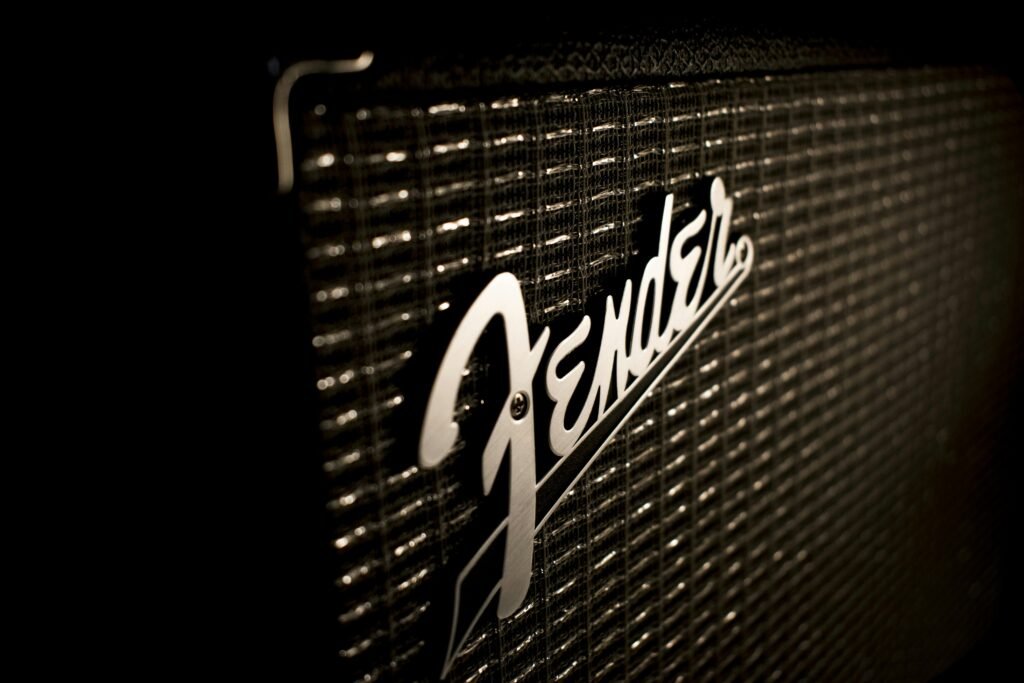As a professional composer and musician, delving into the realm of guitar amp simulators opens up a world of possibilities for enhancing your guitar tone in the digital landscape. Traditionally, achieving the perfect guitar tone required expensive amplifiers, intricate mic placements, and dedicated recording spaces. However, with the advancements in technology, guitar amp simulators have revolutionized the way guitarists approach tone shaping and recording. In this comprehensive guide, we’ll embark on a journey to explore the diverse world of guitar amp simulators, uncovering the techniques and tools to elevate your guitar tone to new heights in the digital realm.
Understanding Guitar Amp Simulators
Guitar amp simulators, also known as amp modelers or amp plugins, are software-based emulations of real guitar amplifiers and speaker cabinets. These virtual tools aim to replicate the sonic characteristics and tonal nuances of classic and modern amplifiers, allowing guitarists to access a wide range of tones and textures directly from their computers or recording setups. Whether you’re looking to recreate the warmth of vintage tube amps or explore the versatility of high-gain modern amplifiers, amp simulators offer unparalleled flexibility and convenience in tone sculpting and recording.

1. Authentic Amp Emulations:
One of the primary benefits of guitar amp simulators is their ability to faithfully replicate the sound and feel of iconic guitar amplifiers. From legendary tube amps like the Marshall JCM800 and Fender Deluxe Reverb to boutique classics like the Mesa Boogie Dual Rectifier, amp simulators offer a vast selection of amp emulations to suit every musical style and genre.
2. Flexible Tone Sculpting:
Amp simulators provide extensive tone shaping controls, allowing guitarists to tailor their sound with precision. From adjustable EQ bands and gain stages to built-in effects like reverb, delay, and modulation, amp simulators offer a wealth of sonic possibilities for crafting your ideal guitar tone. Experiment with different amp settings, cabinet configurations, and mic placements to fine-tune your sound to perfection.
3. Recording Convenience:
Unlike traditional amplifier setups, which require dedicated recording spaces and complex mic setups, guitar amp simulators offer unparalleled convenience and flexibility in the recording process. With amp simulators, guitarists can record high-quality guitar tones directly into their digital audio workstations (DAWs), eliminating the need for expensive studio equipment and streamlining the recording workflow.
4. Performance Versatility:
Amp simulators are not limited to the recording studio; they also excel in live performance settings. With the rise of digital guitar processing technologies, such as amp modelers and multi-effects units, guitarists can achieve studio-quality tones onstage with ease. Amp simulators offer a portable and cost-effective solution for touring musicians, allowing them to replicate their studio tones in any live performance environment.

Advanced Amp Simulation Techniques
1. Impulse Response (IR) Cabinet Modeling:
Utilize impulse response (IR) cabinet modeling to capture the unique sonic characteristics of real speaker cabinets. IR technology allows guitarists to load custom cabinet emulations into their amp simulators, enabling precise replication of specific speaker configurations and microphone placements for unparalleled realism and authenticity in tone.
2. Power Amp Saturation:
Experiment with power amp saturation to emulate the dynamic response and compression of tube amplifiers. Adjust the input gain and master volume controls to push the virtual power amp into saturation, creating rich harmonics, natural compression, and organic overdrive textures reminiscent of classic tube amp tones.
3. Blend Multiple Amps and Cabinets:
Combine multiple amp and cabinet models to create unique hybrid tones and textures. Experiment with blending different amp models, cabinet configurations, and mic placements to achieve custom tones that transcend the limitations of traditional amplifier setups. Layering amp simulations can add depth, dimension, and complexity to your guitar sound, elevating your tone to new sonic heights.
4. Post-Processing and Effects Integration:
Incorporate post-processing and effects plugins into your amp simulation chain to further enhance your guitar tone. Experiment with effects like EQ, compression, and modulation to shape your sound and add depth, texture, and character to your guitar recordings. Explore creative signal routing and parallel processing techniques to unlock new sonic possibilities and push the boundaries of your tone.
Conclusion
Guitar amp simulators have become indispensable tools for composers, producers, and guitarists alike, offering unparalleled flexibility, convenience, and sonic versatility in tone shaping and recording. By exploring the diverse world of amp simulations and mastering advanced techniques for tone sculpting and customization, you can unlock a universe of sonic possibilities and elevate your guitar tone to new heights in the digital realm. So, embrace the power of guitar amp simulators, experiment with different tones and textures, and unleash your creativity to craft signature guitar sounds that captivate and inspire listeners worldwide.